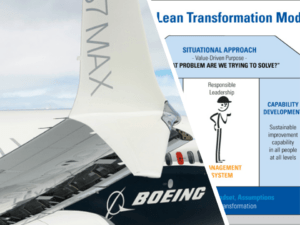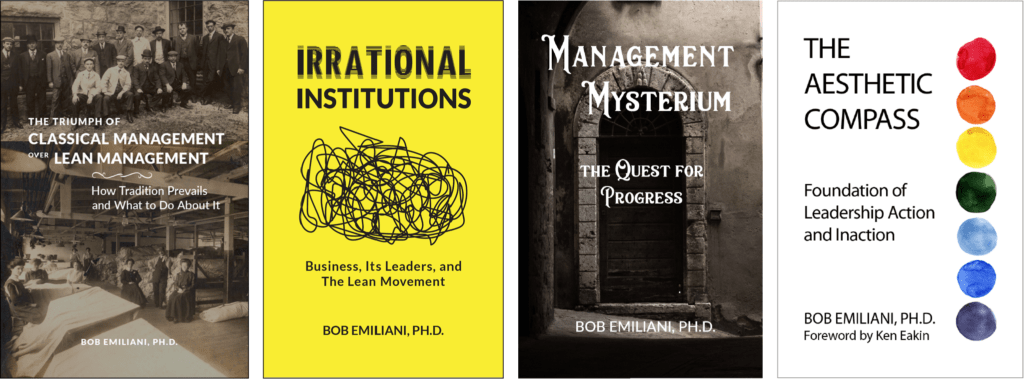
You are most likely aware of the tragic Boeing 737 Max crashes that killed 346 people and the protracted grounding of the fleet to correct various defects before safely returning to passenger service. One of the most interesting facts about the investigation is Boeing’s decades-old design assumption that test pilots and other experienced pilots set the benchmark for response time in case of in-flight emergency.
The assumption was that highly experienced pilots would begin to respond to emergencies in four seconds. Yet the average commercial pilot is far less experienced than the pilots upon which the four-second assumption was based. In other words, the average pilot would take much longer than four seconds to react to an emergency, particularly when they are overwhelmed with the numerous lights and sounds and machine-generated voices that inform pilots of abnormal conditions, when they may lack sufficient flight simulator training for emergencies, and when they are directed by automatic systems to open and read manuals to troubleshoot problems while things are going haywire.
In other words, the flight system for many aircraft models, including the 737 Max, is designed for the exceptional pilot, not the average pilot. The faulty MCAS flight control system forced Boeing to trash the four-second assumption and undertake re-designs that now assume pilots with average experience. That’s good.
There is an analogous decades-old assumption in Lean world that comes in two parts. The first part is an assumption that the top company leader will lead the Lean transformation. In most cases, that does not happen. That leads to the second part, which is an assumption that lower-level Lean people, let’s call them “Lean pilots,” will be able to move the organization towards Lean transformation and, in particular, be able to accurately diagnose and correct abnormalities that impede Lean transformation. Of course, they have much more than four seconds to begin to respond to the problem. But, whether “Lean pilots” have four weeks or 40 years, the result is mostly the same: crash.
The abnormalities that mid-level people encounter invariably trace back to the top company leader. Unfortunately, “Lean pilots” were ill-equipped to quickly or accurately diagnose why their efforts to transform the organization have stalled or failed. Additionally, they had no manual to refer to to figure out what was going on and what to do about it. Too often, the ill-fated Lean pilots crashed — meaning, they suffered professionally as a result of their admirable and well-meaning efforts to help the company achieve greater success.
One of my longest-running and greatest concerns has been for the passionate mid-level and even VP-level people who take on the challenge to fly the company towards transformation. I am concerned for their safety and the safety of others because they are akin to the average commercial airplane pilot — or more often, novice pilot — in terms of Lean transformation experience. They end up crashing because they do not understand the “the system” by which organizations are run, which is classical management and associated leadership routines — what I call “the institution of leadership.” The institution of leadership is the social habits of thoughts and actions of leaders. This institution was formed over the centuries (and longer). So what you see today is the result of numerous (120+) preconceptions that have accumulated over time and are passed along from one leader to the next over generations. These preconceptions are deeply embedded and extremely valuable to leaders.
This concern propelled me to spend some 13 years studying classical management and the institution of leadership. My goal is to help “Lean pilots” understand classical management and the institution of leadership that they are dealing with when the president or CEO refuses to lead Lean transformation. To get to the future state of Lean transformation, one must not assume they know or understand the current state. Instead, they must explicitly study the intertwined nature of classical management and the institution of leadership, and associated preconceptions.
The result of my work is four highly regarded books, 301, 118, 129, and 158 pages, respectively. The total investment is US$85, plus your time reading, learning, and generating new ideas to try. These are your manuals for troubleshooting problems with your Lean transformation efforts and for keeping yourself and others safe. Click on the links below to learn more about each these works:

